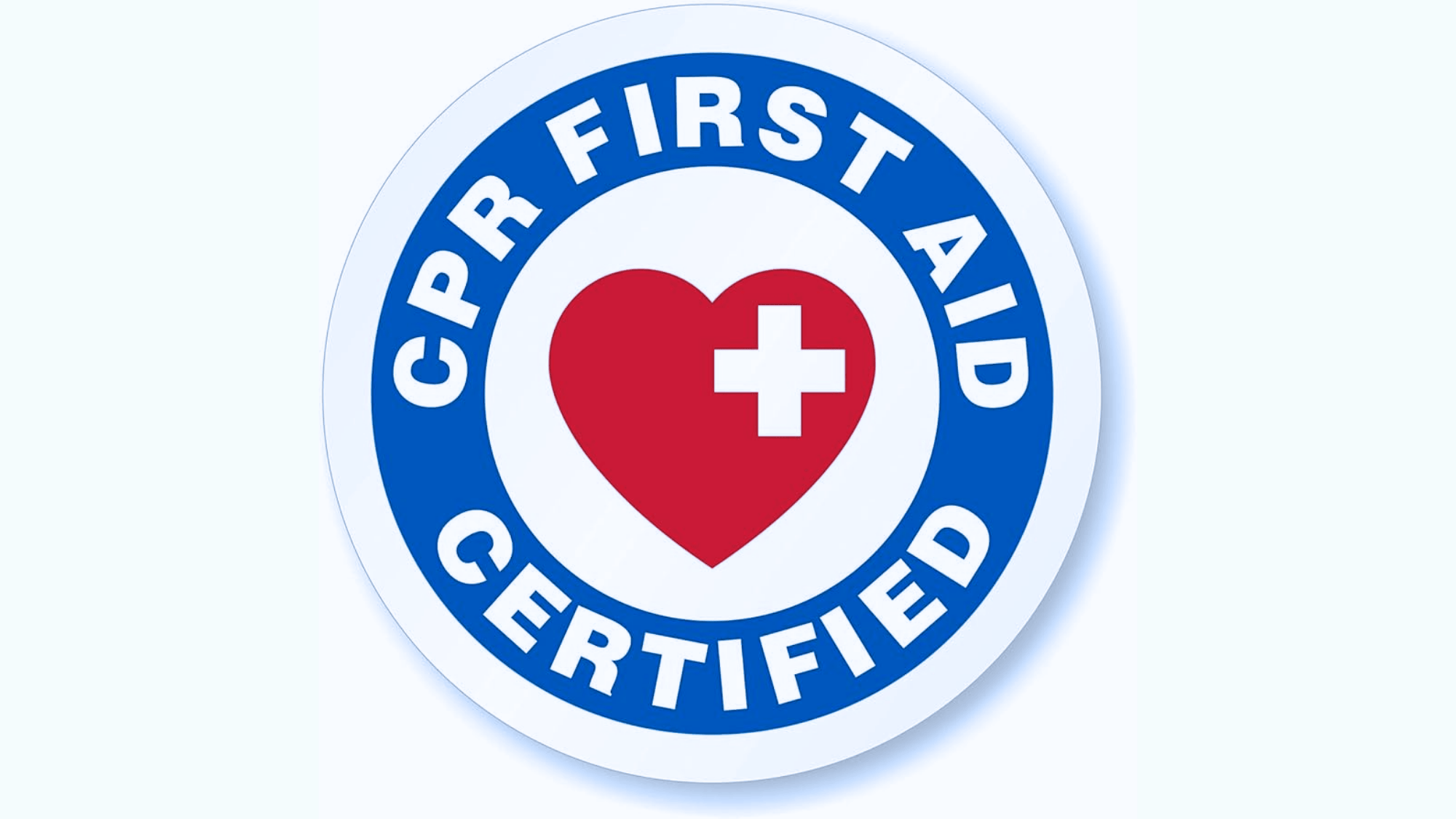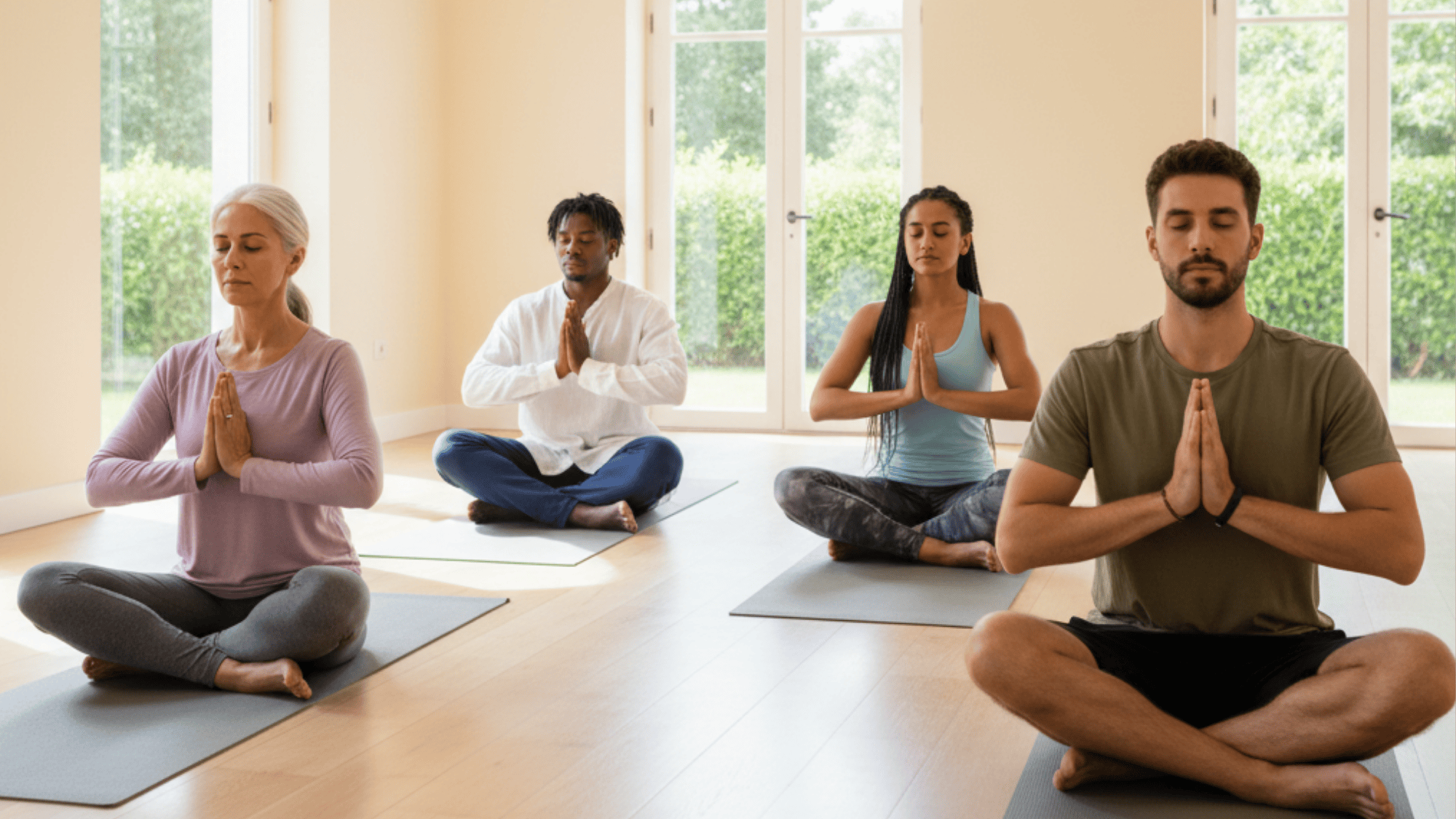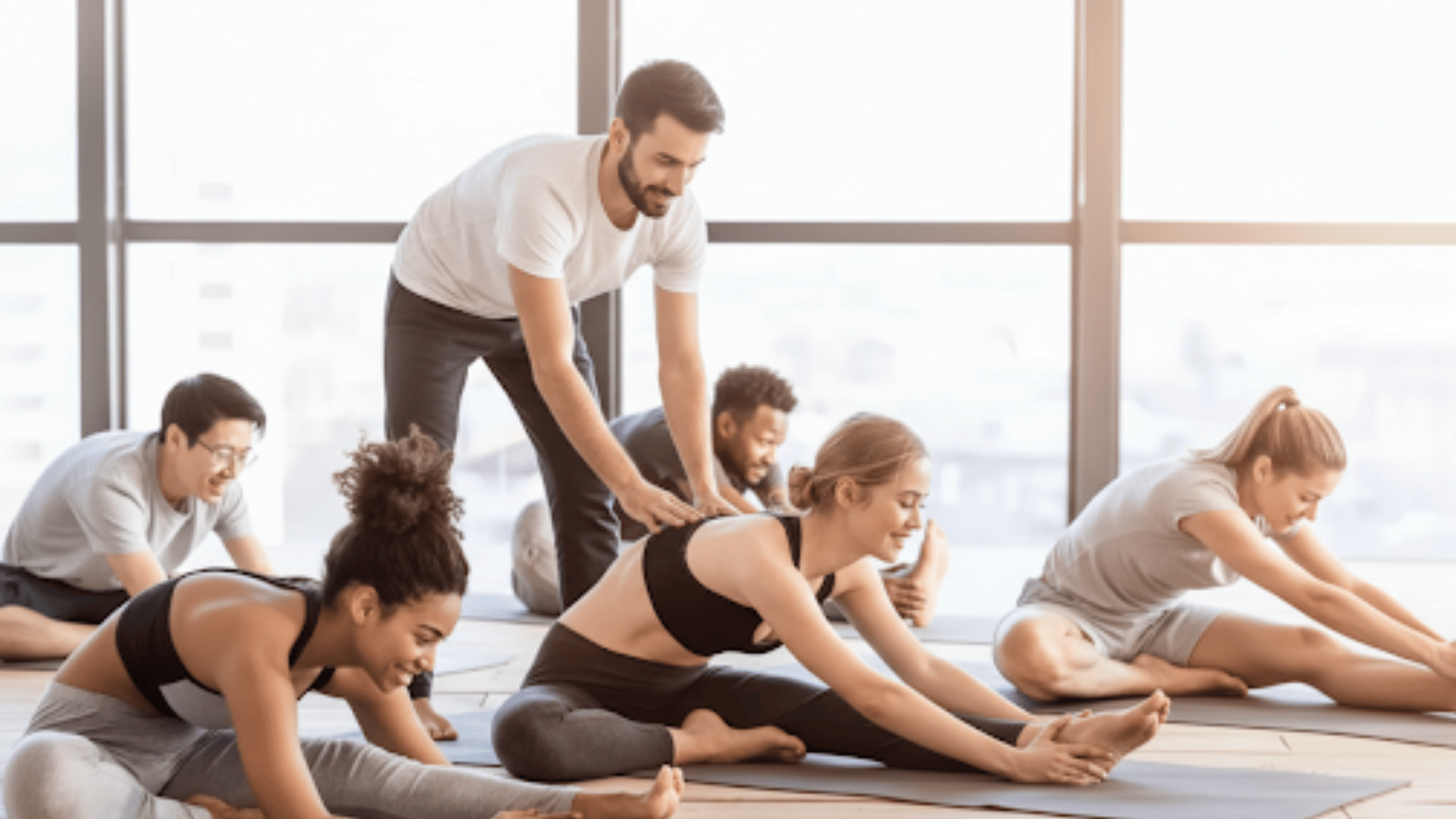Have you ever wondered how to become a yoga instructor? When I first looked into it, I felt a little lost. There were numerous programs, certifications, and regulations that made it difficult to know where to begin.
The good news is, the path is actually very clear once you break it down. Most people begin with a 200-hour yoga teacher training course, which provides the skills and knowledge necessary to guide others.
From there, you can add certifications, practice teaching, and even register with Yoga Alliance to boost your career.
In this guide, I’ll walk you through the exact steps to follow, so you’ll feel confident about becoming a yoga instructor.
What Do You Actually Need to Become a Yoga Instructor?
There’s so much information floating around about becoming a yoga instructor, and honestly, a lot of it can feel confusing.
Some say that you must get certified, while another insists that you just need teaching experience. Some programs market themselves as the “only” path, and that makes it even harder to know what’s real.
The truth? You don’t always need an official certification to teach yoga. Surprised? Most people are.
That said, certifications and structured training are typically the most reliable ways to build trust, secure a job at studios, and feel confident leading a class.
Let’s see what’s actually required, what’s optional, and how to tell the difference, so you won’t get lost in the noise.
How to Become a Yoga Instructor?
If you’re serious about becoming a yoga instructor, here are the main steps you’ll want to follow:
Step 1: Complete a 200-Hour Yoga Teacher Training (YTT)

The 200-hour Yoga Teacher Training course is the first big step. It’s designed to teach you the basics of yoga, including its history, poses, breathing techniques, and anatomy.
You’ll also learn how to create sequences and guide a full class. These programs can be done online, in person, or as a hybrid, depending on your schedule and budget. This certification serves as the foundation for most yoga careers.
You can apply for the training program here at Samyama.
Step 2: Get CPR and First Aid Certified

Safety is one of the most important parts of teaching. Many gyms and studios require instructors to hold CPR and First Aid certifications before working with students.
This ensures that you can handle emergencies if they arise during class. The training is typically brief and cost-effective, often lasting just a few hours, yet it provides both you and your students with peace of mind.
Apply and start your certification here at the Red Cross.
Step 3: Register with Yoga Alliance (Optional)

After finishing your YTT, you have the option to register with Yoga Alliance. This makes you a Registered Yoga Teacher (RYT), which many studios and employers recognize as a standard of quality.
While it’s not legally required to teach, being an RYT can open more job opportunities and boost your credibility. It also gives you access to a professional network and continuing education resources.
Get registered and join here at Yoga Alliance.
Step 4: Get Liability Insurance

Before teaching larger classes or working at studios, it’s smart to protect yourself with liability insurance. This type of insurance covers you in case a student gets injured and decides to take legal action.
It’s a small yearly cost compared to the security it provides. Many yoga instructors consider it a must-have, especially when teaching outside of a formal studio setting.
Step 5: Gaining Practical Experience

Once you’ve finished your training, the next step in becoming a yoga instructor is practice, lots of it. The truth is, certifications provide knowledge, but regular teaching gives you confidence.
- Start small by guiding friends, family, or local community groups. These settings are less intimidating and allow you to make mistakes, learn from them, and grow.
- Over time, you’ll develop your voice, refine your style, and learn how to adjust for different students’ needs.
- Teaching also helps you understand the flow of a real class. You’ll learn how to manage timing, provide clear instructions, and respond effectively when students struggle with poses.
The more you teach, the more natural it will feel. Many new instructors also seek mentorship from more experienced teachers, which can provide helpful feedback and guidance.
This hands-on experience is what truly turns training into skill.
Can You Become Certified Online?
Yes, you can! Many schools now offer online yoga teacher training (YTT) programs that meet the same 200-hour requirements as in-person courses. These programs include recorded lessons, live classes, and assignments to promote effective learning.
Online certification is flexible and often more affordable, making it an excellent choice for individuals who work full-time, travel frequently, or prefer to learn at their own pace.
The key is choosing a program registered with Yoga Alliance or another recognized body so your certificate will be accepted by studios worldwide.
While online training gives you convenience, some instructors still recommend adding in-person workshops later to practice adjustments and hands-on teaching.
But yes, you can absolutely become a certified yoga instructor online.
Advancing Your Yoga Career
Once you’ve started teaching, you can grow your career by deepening your skills, finding a niche, or exploring new ways to share yoga.
-
Pursue Advanced Training (300-Hour or 500-Hour YTT): Advanced courses expand your knowledge and qualify you as RYT 500. This higher level opens opportunities for workshops, retreats, and leadership roles in the yoga community.
-
Specialize in a Niche Area: Focus on areas like prenatal, children’s, or therapeutic yoga. Specialization lets you serve unique groups, expand job options, and often charge more for your classes.
-
Find New Teaching Formats: Beyond studios, teach corporate yoga, private sessions, online classes, or retreats. These formats expand your reach, offer flexibility, and provide new income streams.
Career Pathways for Yoga Instructors
Once you’re certified, there are many ways to build your career. Some instructors stick to studios, while others branch out into unique opportunities that match their lifestyle and goals. Here are a few popular paths:
| Pathway | Description |
|---|---|
| Studio Yoga Teacher | The most traditional route. You’ll teach group classes on a regular schedule and gain steady experience working with a wide range of students. |
| Corporate Yoga Instructor | Many companies now offer wellness programs. Teaching in offices provides consistent clients and usually a reliable paycheck. |
| Private Yoga Sessions | Working one-on-one lets you charge more and create personalized classes tailored to individual student needs. |
| Online Yoga Teacher | Virtual classes, memberships, or YouTube channels allow you to reach global students and grow your own brand. |
| Yoga Retreats and Workshops | A chance to travel, connect deeply with students, and expand your teaching beyond everyday studio classes. |
Practical Side of Becoming a Yoga Instructor
Before starting your training journey, it’s helpful to understand the practical side of becoming a yoga instructor. Here are the main things to consider:
- Timeframe: A 200-hour YTT typically takes two to six months, depending on the intensive, part-time, or online formats you select.
- Cost of Training: Most 200-hour programs range from $1,500 to $3,000, with online courses being cheaper and retreats more expensive.
- Income Potential: Teachers earn $20–$40 per studio class, with higher earnings possible through private sessions, online platforms, and retreats.
Understanding these factors helps you make informed decisions as you begin your instructor training path.
At the End
By now, you can see that becoming a yoga instructor is about more than just finishing a course. It’s about growing into a role where you guide, support, and inspire others.
The training and certifications provide you with the skills, but the real learning occurs through teaching, adapting to students, and continuing to study the practice yourself.
If you’re ready to start, focus on the first step, whether that’s researching a YTT program or simply practicing more consistently. Every teacher begins as a student, and your path will unfold one breath, one class, at a time.
Have you been considering teaching yoga, or are you already on the path? Share your thoughts and questions in the comments!





